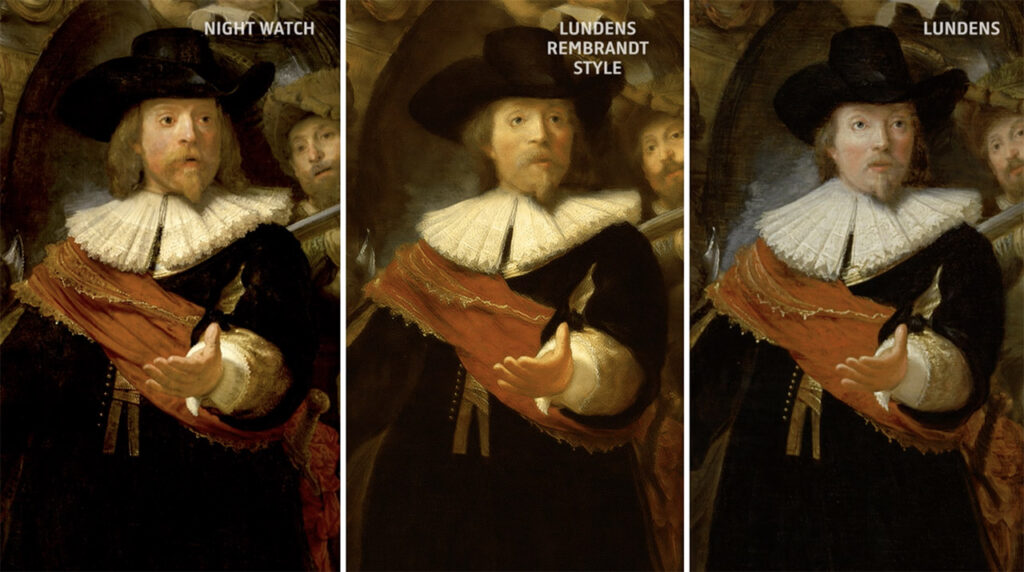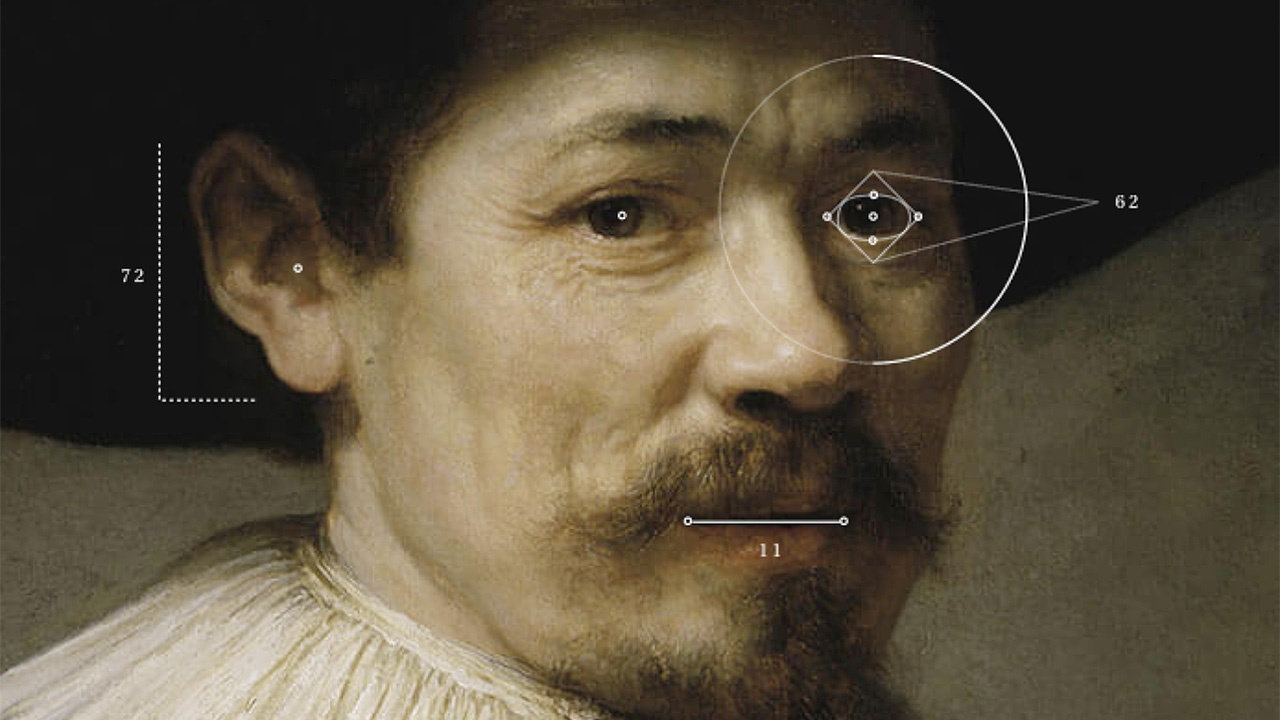On September 17, the National Gallery Singapore’s art tech incubator, Y-Lab, hosted a digital conference called The Art of A.I, featuring artists, museum professionals, and AI enthusiasts discussing the different applications of artificial intelligence (AI) in the art and museum spheres. As the presence of AI technology grows in museum operations and exhibitions, the session explored how institutions could effectively deploy AI in their databases, what tools they could easily implement, and how best they should approach AI art. Here are three key takeaways.
AI for data analysis
Museums and institutions have huge digital storages of data, but translating that data into operational strategy is a challenge. “Today, we have data, whether we’re looking at an item, painting, or document,” said Alexandros Papaspyridis, Microsoft’s Director of Higher Education. “But we don’t understand the relationship [between the data], and we don’t understand how is [data is] connected.”
Using AI, data can be more deeply analyzed and linked, whether for the purposes of digital asset management to better identify and draw connections between data or predictive modeling to improve museum operations. AI today runs in the background of most tools, including some DAMs, guaranteeing a gentle learning curve. “[AI] is not just for data scientists,” Papaspyridis added. “You don’t need to have experience with machine learning to be an AI expert.”
AI for art restoration

In a multiyear project dubbed Operation Night Watch, Rijksmuseum trained neural networks to restore and reconstruct a Rembrandt work. Image: Rijksmuseum
Many museums have extensive archives of images, photos, and videos that may be damaged by time and require restoration. According to Sebastian Chan, Chief Experience Officer at the Australian Centre for the Moving Image, the colorization space is growing thanks to machine learning. For example, AI can restore early 20th century images to 4K color based on existing data. “Those are machine imaginations of what color would have been like in 1910 or 1920,” he said.
However, Chan notes that many pre-prepared data sets tend to have Eurocentric biases, and institutions can help make AI more inclusive by feeding machines more diverse imagery and information. For example, Chan mentions a now-unavailable tool called Colourise, released by the Singaporean government in 2018 and developed to colorize old photos of the island. “Colourise was really exciting because it took problems with the image data set training set, which colorized Singaporean historic photos poorly, and retrained [the AI] with Singaporean-trained datasets,” Chan said.
AI for art

Self-portraits made by humanoid artist Ai-da were exhibited at the London Design Museum in August. Image: Leighanne Murray, Aidan Meller Gallery
Ever since French art collective Obvious sold the first-ever AI-generated artwork at Christie’s in 2018, AI art has given rise to controversy as much as debate as to the validity of the form. But today, as robots are generating art and AI is helping to curate shows, the use of AI in art, while not widely embraced, has been accepted as practice.
During the Q&A portion at Y-Lab’s webinar, a question about whether AI art could be considered art received a 90 percent of positive responses. The sentiment is echoed by Papaspyridis, who says that behind every AI-generated piece is a human who executed the work: “We see [AI art] as a creative way of using tools; it’s just the canvas and the tools have changed.”
As museums continue to adapt to a growing digital art landscape (and with NFTs now in the mix), AI art should be considered as part of their approach to exhibiting and collecting 21st century art.



